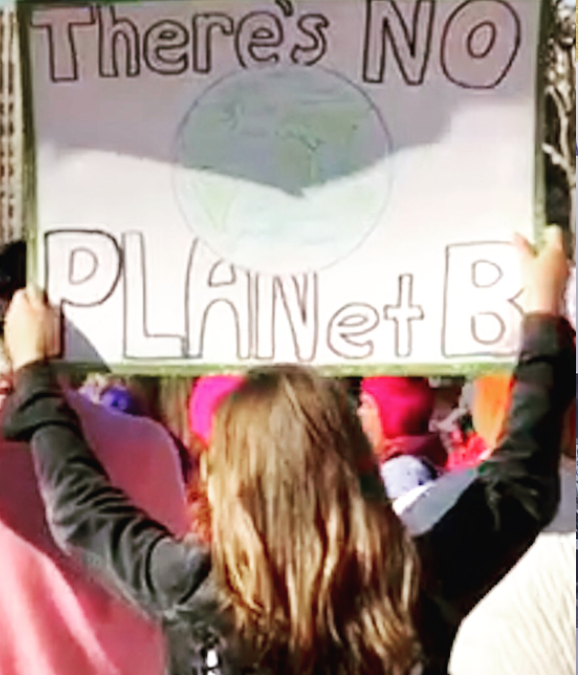When you move to Marin, your realtor negotiates a million-dollar mortgage and you’re essentially given a script: “It’s really hard for us to live in a place with so little diversity, but we had to come for the schools.”

Located just north of San Francisco, Marin County is home to beautiful views, numerous bike trails and, for the most part, white people. The Haas Institute at the University of California, Berkeley names Marin as a county much more segregated now than it was in 1980, and recently the Attorney General of California had to intervene in the desegregation of one of our school districts.
The highly ranked public education system we love to boast of is not immune to the problem; indeed, it is arguably one of the roots. According to the California Department of Education, only 1.8% of those enrolled in our schools are African-American, but they account for 9.8% of suspensions. Though now renamed, a school district in the county was once named Dixie, after the Confederacy. This spring, after a twenty-year campaign to change the name, the school board narrowly voted to rename it, but not before hate mail and slurs were sent to the leaders of the petition. To many members of the community, the memories associated with the name Dixie were more important than its racist connotations. White individuals valued their traditions more than the real experiences of people of color.
Meanwhile, almost 80% of the county voted for Hillary Clinton in the 2016 election. These voters belong to the passively progressive, agreeing with general, popular democratic politics to appease their conscience while refusing to take uncomfortable actions toward attaining the post-racial world they like to think they’ve already achieved. Many families in my community have traveled across Europe, but they are reticent to walk in the poorer, black community that exists seven minutes away from ours. They smoke weed daily but don’t understand that black people have been incarcerated en masse for the same choices. Parents have Obama bumper stickers on the back of their car, while their white teenagers casually rap the N-word.
People travel from around the world to cross the Golden Gate Bridge and see the fog rise where the mountains kiss the Pacific Ocean. Many of Marin’s residents are committed to creating a more equitable county, and hopefully the community can come together to make it a priority.
Sources:
The Bay Area of 1970 was less racially segregated, SF Chronicle
Ed Data, Marin County
Calafia is yli’s statewide youth policy journal that amplifies the narratives of young people on topics and issues important to us and our communities. As we prepare our final print publication, the Calafia fellows are proud to present The Story of My City series as a way to bring you closer to the worlds we live in. Stay tuned for our publication later this year!
